$ (document).ready(function() { SampleGalleryV2({“containerId”:”embeddedSampleGallery_7923871329″,”galleryId”:”7923871329″,”isEmbeddedWidget”:true,”selectedImageIndex”:0,”isMobile”:false}) });
As autumn rolls in in the northern hemisphere I always find myself wishing that summer would stick around just a little bit longer. So, in the spirit of summer, I’m going to take you for a voyage in the wayback machine all the way to August, when the sun was bright and the temperatures warm.
One of the highlights of the warm(ish) season here in Seattle is Seafair, a summer-long festival that culminates with an airshow featuring the US Navy’s Blue Angels and hydroplane races on Lake Washington. Not familiar with hydroplanes? Imagine strapping a turbine engine from a helicopter onto the back of a boat and racing it around an oval loop at up to 320 kph (200 mph). Wild stuff.
 |
|
Hydroplanes are lifted in and out of the pits by a crane between heats for maintenance. ISO 1000 |1/5000 sec. | F4.0 | 280mm |
It’s a fun event to photograph, but a challenging one as well; your subjects are typically far away and moving very fast. I had been looking for an opportunity to use Fujifilm’s 200mm F2 telephoto and Seafair seemed like just the right event. I paired the lens with a X-T3 body and headed out for two days to shoot in the hot summer sun.
Fujifilm isn’t the first brand I think of when it comes to shooting fast action, but I was dying to try the lens and Fujifilm’s AF system has been getting really good on recent models, so I decided to give it a go. TL;DR – I wasn’t disappointed.
I spent my first day at Seattle’s Boeing Field where the Blue Angels are based during the airshow. I had planned to shoot planes in flight (hmmm… maybe not the best way to phrase that), but I was pleasantly surprised at all the shooting opportunities on the ground. The 200mm F2 came through for me big time here.
 |
|
Photos of the Blue Angels in flight abound, but the 200mm F2 also allowed me to focus on the ground crews to show the people who make these airshows possible. ISO 400 |1/640 sec. | F5.6 | 200mm |
With a bit of creative positioning I was able to shoot above, around and, in a few cases, straight through the crowd to get some close photos of the planes, pilots and ground crews before takeoff and after landing. I love these types of photos because they add a human element to the story that’s often missing from Blue Angels photos.
Image quality was outstanding. In my opinion, this lens performs as well as any similarly specced optic I’ve tried (comparable to a 300mm F3.0 on full frame). Images were consistently sharp with excellent contrast and looked great straight out of the camera.
The following day I headed out to Lake Washington to shoot the hydros. I quickly discovered what experienced hydroplane photographers already know: the hydros are a lot farther from shore than you think and the lens didn’t provide enough reach to get a tight shot on the boats. Fortunately, I had the lens’s companion 1.4x teleconverter which quickly transformed it into a 280mm F2.8 (420mm equivalent) to get a bit closer to the action.
 |
|
Hydroplanes skim across the water at speeds in excess of 300 kph. Even with the Fujifilm 1.4x teleconverter attached the boats were a bit far away for a tight frame. ISO 200 |1/5000 sec. | F3.2 | 280mm |
I was impressed with shots using the teleconverter as well, though you do give up a bit of absolute sharpness when it’s used. However, unless you’re pixel peeping or printing very large the difference won’t be apparent to most viewers. It’s also worth noting that I was shooting distant objects on a very hot day, so heat haze likely had some impact on absolute sharpness in these images. Overall, I really enjoyed shooting with the teleconverter attached and didn’t notice any compromises in performance other than a slight loss in sharpness.
And the X-T3? It exceeded my expectations. I mostly used zone focus and the AF was fast and precise. Did it miss some shots here or there? Definitely. But no more than I’d expect from any other camera this side of a Nikon D5 or Canon EOS-1D X Mark II.
 |
|
The US Navy’s Blue Angels flight demonstration team thunders overhead. ISO 400 |1/4000 sec. | F3.6 | 200mm |
I have to give props to Fujifilm for one other thing as well. I almost always make adjustments to Raw files, but I didn’t need to make adjustments to any of the photos I shot over the course of two days. The entire sample gallery was created by opening Raw images in Lightroom and immediately exporting them as Jpeg images using Fujifilm’s Astia film profile, which did the best job of rendering the blue color of the planes. Fujifilm just gets this part right, and it’s one of the reasons I keep getting drawn to Fujifilm cameras.
My verdict on the lens? Fantastic. I just need an excuse to go use it again.
Articles: Digital Photography Review (dpreview.com)
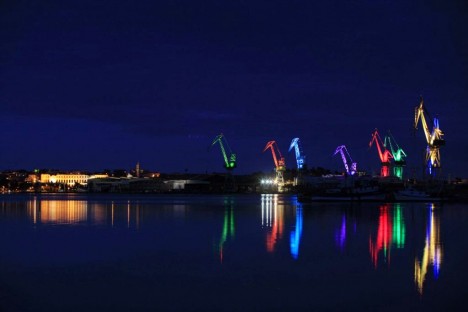
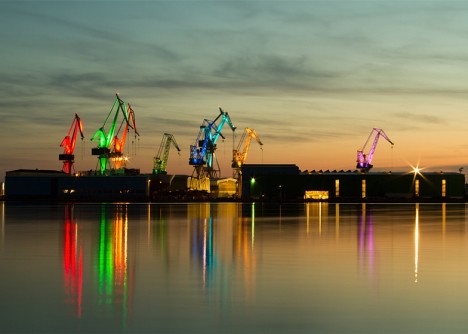


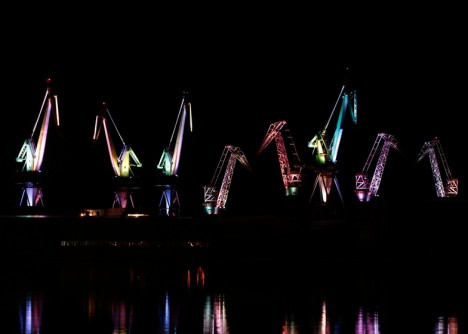
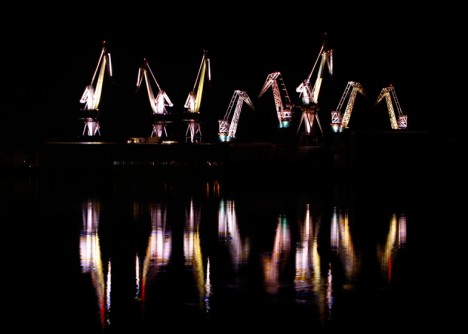
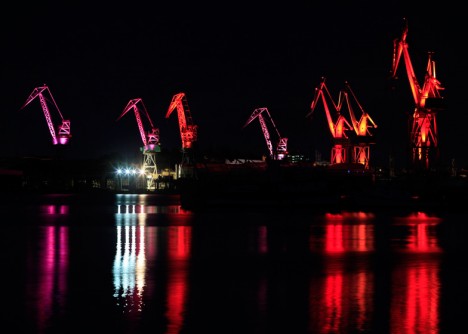
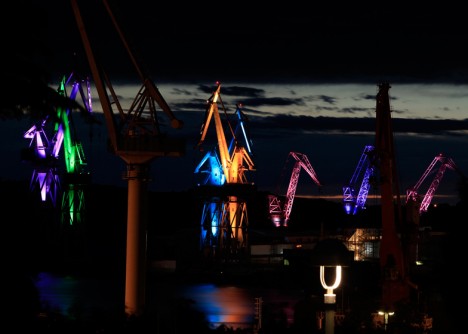
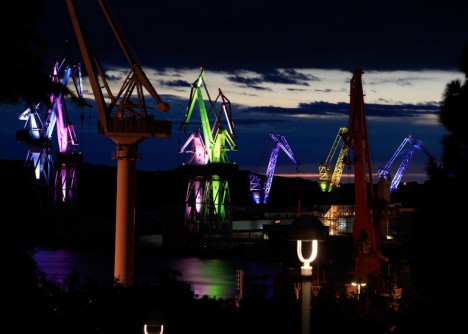
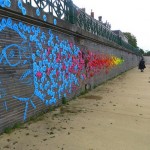
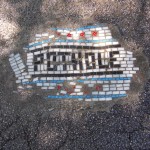
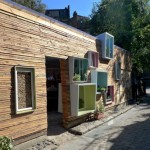




You must be logged in to post a comment.